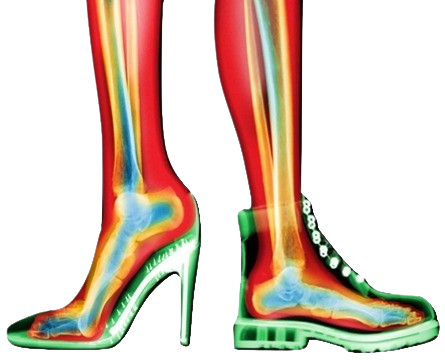Plantar Fat Pad Atrophy
Plantar Fat Pad Atrophy
Plantar fat pad atrophy describes the breakdown or thinning of the fat pads on the bottom of our feet. These fat pads work to provide cushioning to the bones of our feet and help absorb forces as our feet take on heavy loads each day. Without these, the bones are placed under significantly more pressure and are more susceptible to injury. Plantar fat pads are located at the heel and at the ball of the foot.
What causes plantar fat pad atrophy?
The progressive thinning of fat pads occurs as we grow older, though this should not cause any issues until the late years. Other causes may include:
- Genetic predisposition
- Abnormal structure of positioning of the bones of the foot that damages the fat pad beneath
- Conditions such as diabetic neuropathy
- Surgery or trauma such as fractures
- Certain medications
- Shoes that place more pressure on the fat pads such as high heels, or walking in bare feet
Fat pads may also become displaced from where they are needed most to other areas of the foot.
What are the symptoms?
When plantar fat pads are thinned or broken down, the bones will start taking on a much heavier load and the feet will not be able to absorb shock as effectively. This can cause:
- Pain and tenderness in the overloaded bones
- Inflammation
- Formation of callus and/or corns
- Ulceration
- The skin may feel thinner
- Bones may be more prominent and may feel like you’re walking on a small stone
How is it treated?
Because the damage and thinning to the plantar fat pads is largely irreversible, treatment focuses on providing the feet with the missing cushioning and shock absorption. This is often done through a combination of cushioning orthotics and good footwear. Avoiding activities that exacerbate the symptoms such as walking in bare feet and maintaining a healthy weight will also reduce the load from your feet and minimise the onset of painful symptoms. Your podiatrist will create a tailored treatment plan based on the cause of your plantar fat pad atrophy, your symptoms, and daily activities.
Recent Posts
.png)
Thinking About Surgery? Why You Should Try Shockwave First
Since introducing shockwave therapy, we’ve helped many of our patients avoid surgery for certain conditions. Here's what you
need to know about shockwave treatment and how it works.
Read more
.png)
Nail Enhancement: A Thoughtful Gift For Mum
This Mother’s Day, consider a practical, medically safe, and confidence-boosting gift: a professional KeryFlex nail restoration treatment. It’s a simple, effective, and medically safe way to instantly transform the appearance of toenails.
Read more

Does Exercising When In Pain Help Me?
In some cases like arthritis, continuing to stay active is one of the best things you can do for your joints. Is the same true if you're in pain or have an injury?
Read more

How Does Podiatry Help After A Stroke?
A stroke is New Zealand's second single biggest cause of death and a leading cause of serious adult disability. Here's how podiatry can help in your rehabilitation.
Read more
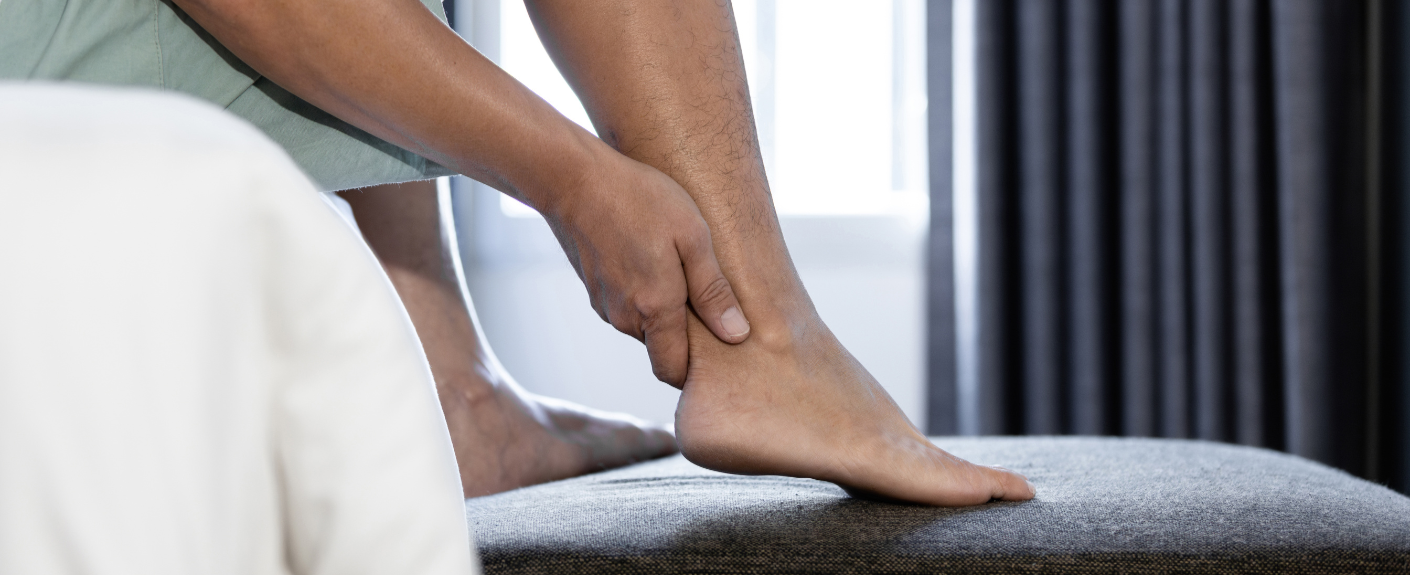
Shockwave For Achilles Injury And Pain
Shockwave is a fantastic treatment for Achilles injuries and Achilles heel pain. Here's how it works and how our podiatrists use it.
Read more
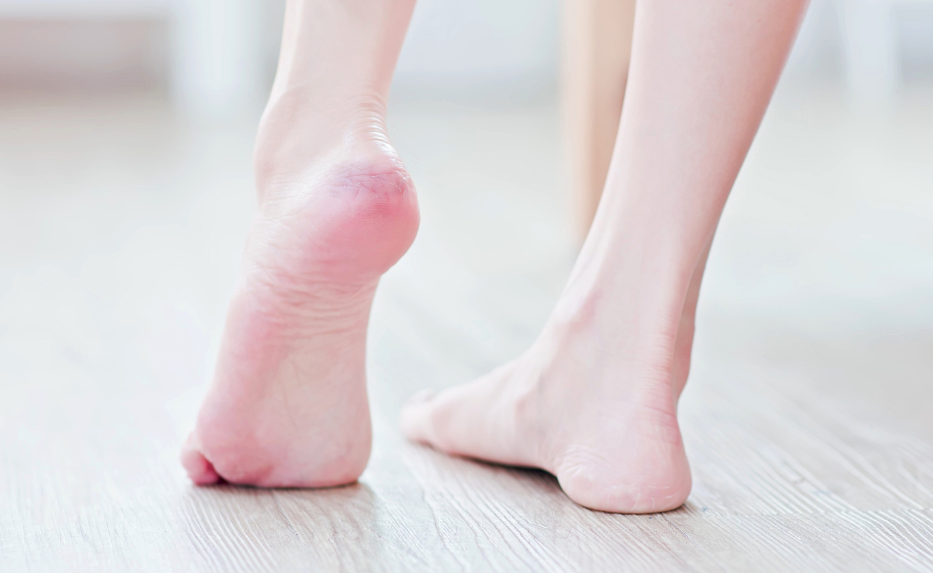
How Does Shockwave Relieve Foot Pain? Our Podiatrists Explain
How does shockwave work to relieve foot pain? Here's how it helps you, and how our podiatrists use it at our Remuera clinic.
Read more

Five Ways to Maintain Your Fitness These Holidays
How do you go through the holidays and family visits while keeping up your strength and fitness? Here are five ways.
Read more

Podiatry Foot Care: The Best Christmas Gift?
Help your loved ones stay on their feet for years to come with a podiatry appointment. Here's how it can help.
Read more
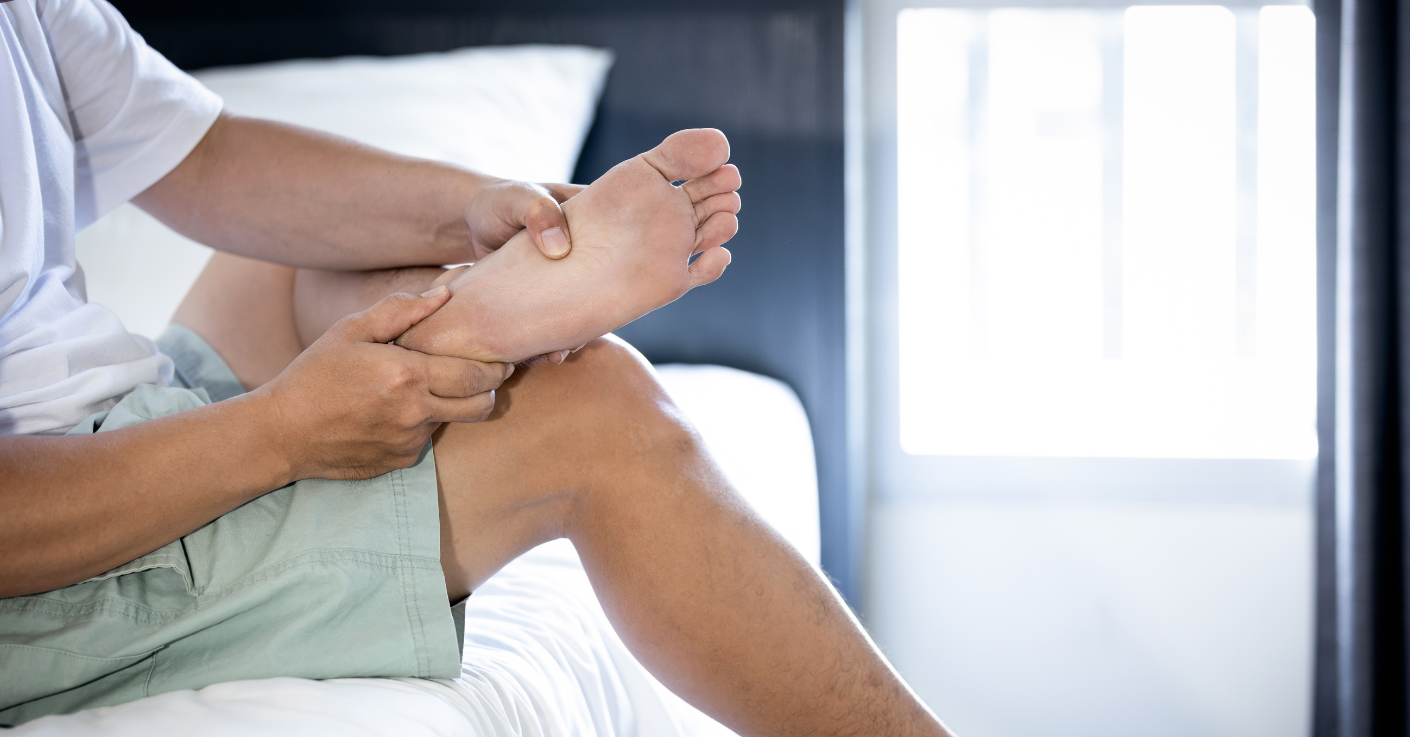
Laser Pain Relief: The Answer To Your Foot Pain?
We’ve welcomed the Nu-Tek low-level laser into our podiatry clinic. Here's how you tell if it could be the answer to your foot
pain.
Read more
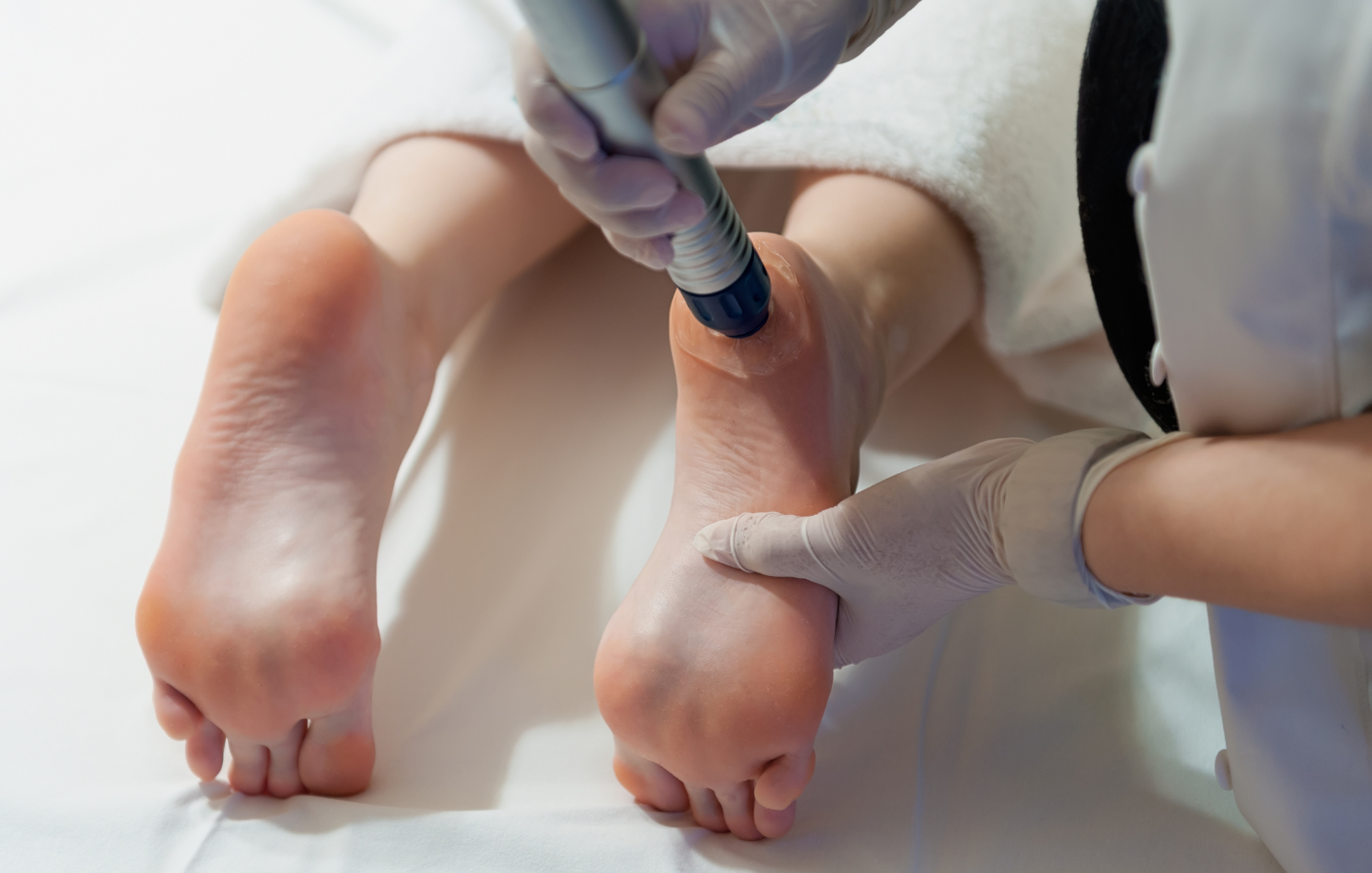
Ongoing Heel Pain? Shockwave Could Be Your Answer
Otherwise known as radial pressure wave therapy, shockwave therapy is a device held by our podiatrists and positioned against your foot or leg at the site of your injury.
Read more

Podiatrist Toenail Transformation To Healthy And Clear: Here’s How
We can transform the appearance of toenails to look healthy and clear in three ways, and as fast as in one appointment. Here's how.
Read more

Tingling Feet After Exercise: Should You Be Concerned?
Tingling or numbness in your feet and legs during or after exercise can be an odd sensation. If you’re prone to experiencing it, the most common reasons are related to pressure on nerves or problems with your circulation.
Read more

Are My High Heels Changing My Foot Shape Permanently?
Does wearing high heels really come at a cost to our feet? If you’re wondering what effects - if any - high heels may be having on your feet, here’s the inside scoop from our podiatrists.
Read more

Shockwave Treatment For Foot And Leg Pain
It’s important to not only use an evidence-based treatment plan to help you get the best outcomes for your foot and leg pain, but to help you see the best results in the shortest time. That’s the reason we’ve invested in shockwave.
Read more
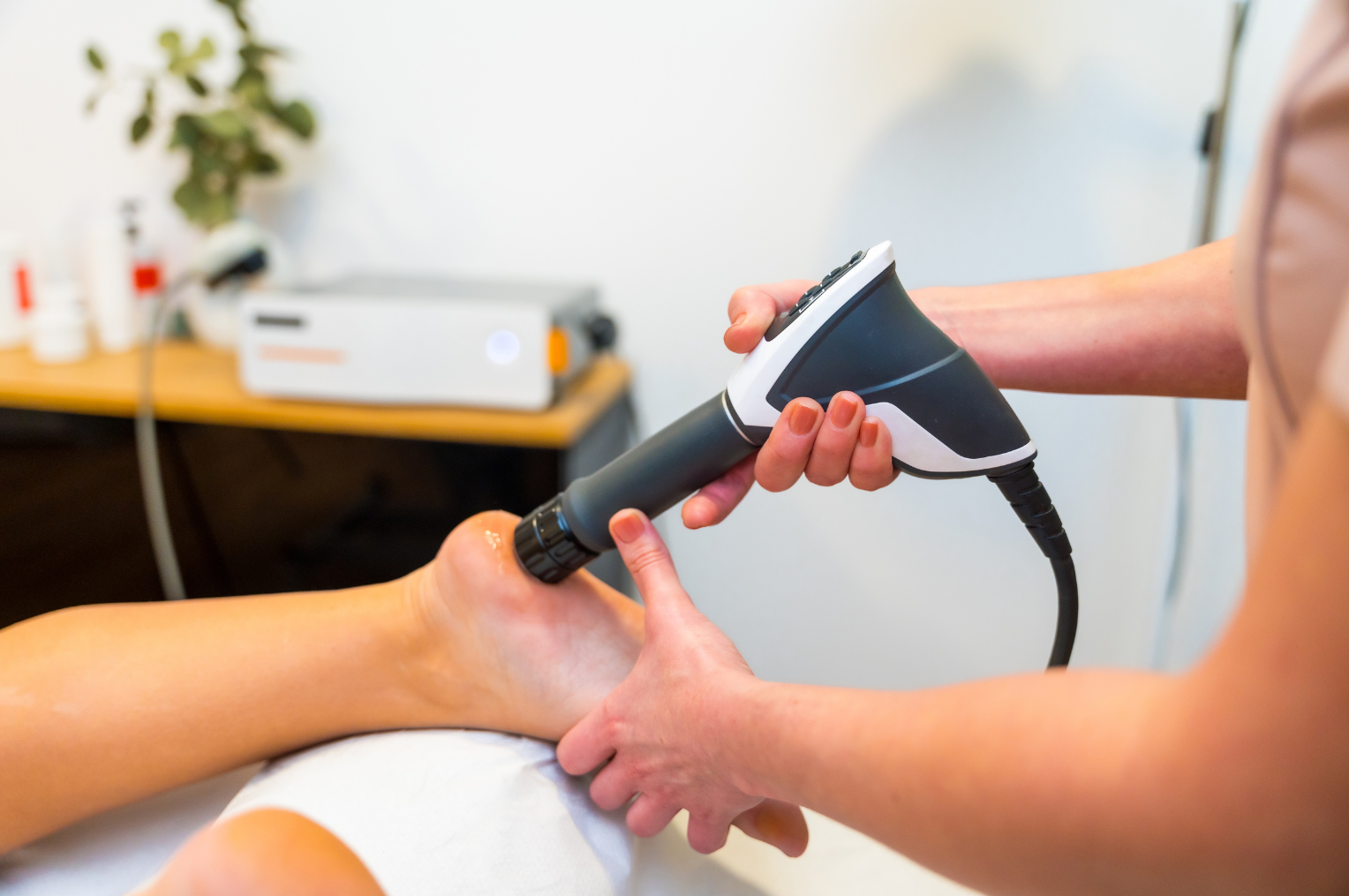
Shockwave vs Laser For Heel And Foot Pain: Which Is Best?
Heel pain is our specialty here at Perform Podiatry. We now have Low-Level Laser Therapy (LLLT) and Shockwave Therapy to
help you get the best results from your treatment.
Read more
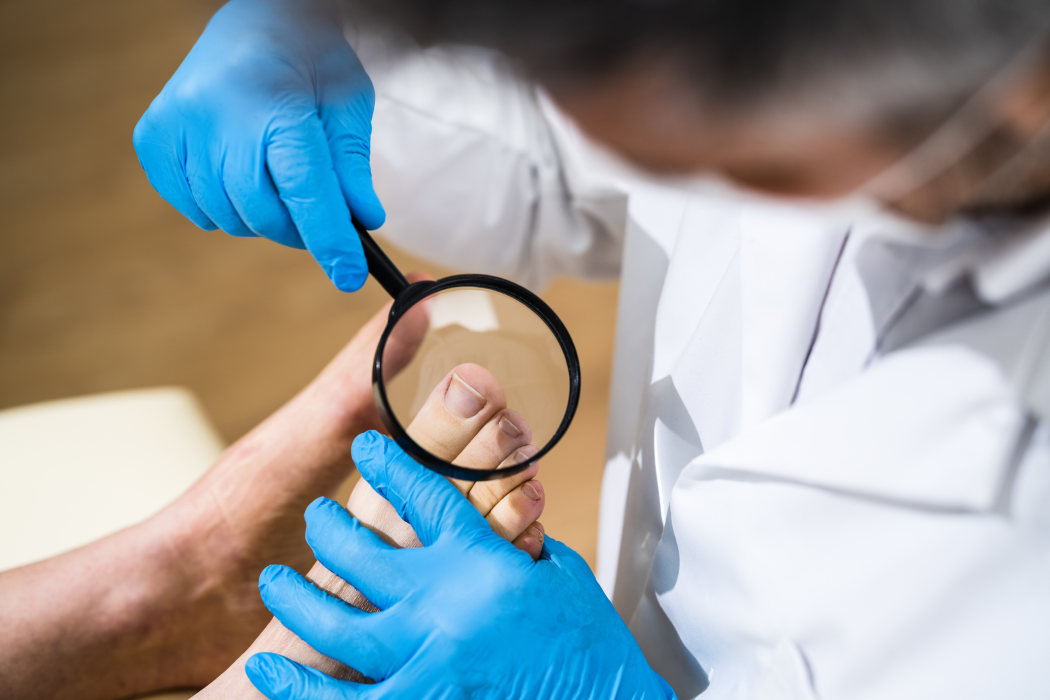
Does Your Ingrown Toenail Have A Fungal Nail Infection?
We treat a lot of ingrown toenails here at the Auckland Ingrown Toenail Clinic. So, with approximately 10% or more of the adult population harbouring a fungal nail infection, it’s not uncommon that we see many ingrown toenails where a stubborn nail fungus has also infiltrated the nail. So how can you tell, what can […]
Read more
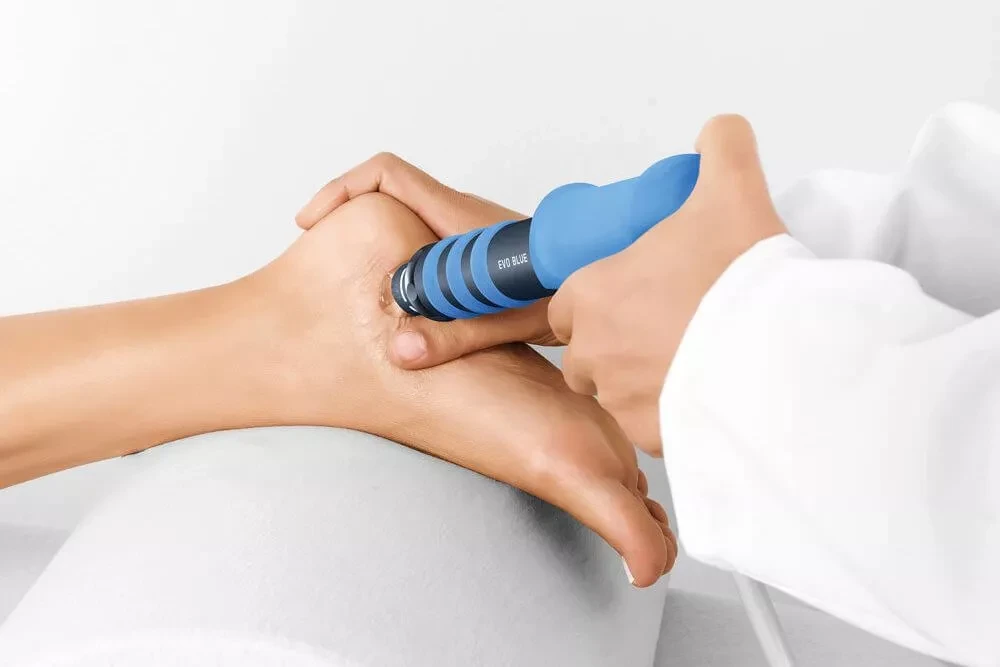
Shockwave Therapy For Injury Recovery & Pain Relief
Shockwave therapy is a gold standard treatment used to help achieve the best clinical outcomes for musculoskeletal injuries and pain – and we’re very proud to now offer it to our patients here at Perform Podiatry.
Read more

Not Just An Ingrown Toenail: Osteomyelitis Case Review
While many of the cases we see here at the Auckland Ingrown Toenail Clinic are fairly standard, there are a few that vary greatly from the ‘norm’, and could have resulted devastating consequences if they had been left untreated under the hopes that the ingrown nail would “go away on its own”, something many people […]
Read more
